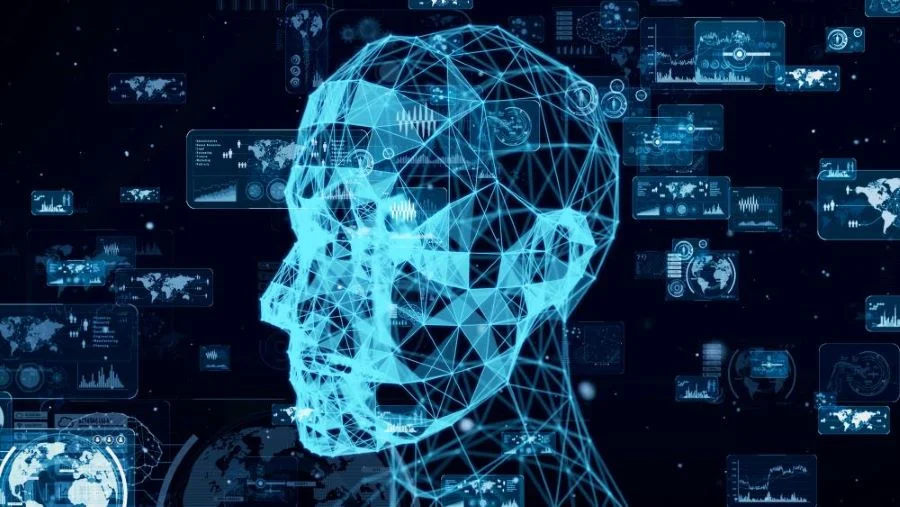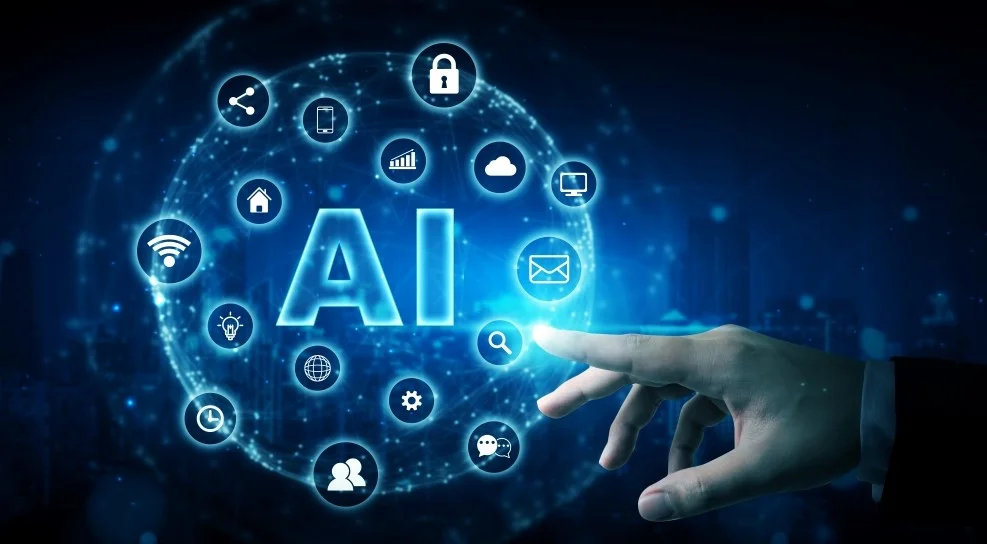In today’s rapidly evolving business landscape, the role of artificial intelligence (AI) in problem solving and decision making cannot be ignored. AI has made tremendous strides in recent years, offering remarkable capabilities in data analysis, automation, and pattern recognition. However, there is an important point to remember: AI won’t replace humans in these critical functions; instead, it can be a valuable companion and supporting tool when applying the Kepner-Tregoe (KT) processes.
The KT method, renowned for its structured approach to problem solving and decision making, emphasizes the importance of critical thinking, analysis, and clear communication. Artificial Intelligence, on the other hand, excels at processing vast amounts of data and identifying patterns. When combined, they create a powerful synergy that enhances our ability to make informed and effective decisions.
• Data Processing and Analysis
AI’s prowess in data processing and analysis is remarkable. When applied to the Kepner-Tregoe (KT) processes, it can significantly improve the Situation Appraisal (SA) and Problem Analysis (PA) stages. Here’s how:
- Situation Appraisal: In this phase, understanding the context of the problem is crucial. AI can swiftly gather and process vast amounts of data, extracting relevant information from various sources such as machine logs, historical data, transaction records, and customer feedback. Using tools such as Process Mining, it can identify patterns and deviations, providing a comprehensive view of the situation. This allows human decisionmakers to grasp the problem’s scope more quickly and comprehensively, helping them make informed decisions.
- Problem Analysis: Identifying the root cause of a problem is often a complex task. AI can use advanced algorithms to assist root cause analysis, examining potential variables that might contribute to the issue. Provided with good inputs of data and information, it can pinpoint patterns, correlations, and dependencies that a human analyst might overlook. AI’s assistance in this stage accelerates the identification of possible causes and directs resources toward addressing them effectively.
• Enhanced Decision Support
AI’s ability to enhance decision support is invaluable in the Evaluate Alternatives phase of the KT Decision Analysis (DA) process:
- Predictive Analytics: AI can predict the outcomes of various decision alternatives by analyzing historical data and identifying trends. This assists decision makers in understanding the potential consequences of each option.
- Scenario Modeling: AI can create scenarios to simulate the impact of different choices. Utilizing Digital Twin, it can analyze how changes in variables might affect the overall outcome, helping to anticipate risks and opportunities associated with each alternative.
These capabilities empower decision makers to evaluate alternatives more comprehensively and systematically, reducing the element of uncertainty and improving the quality of their decisions.
• Continuous Monitoring
Continuous monitoring is a critical aspect of the KT process, particularly in the “Think Beyond the Fix” phase in Problem Analysis (PA):
- Proactive Issue Detection: AI tool such as Process Mining can be programmed to monitor key performance indicators (KPIs) and other relevant metrics in real-time and presenting them with a clear and comprehensive dashboard. It can be set to automatically identify deviations from established norms and alert human decision makers when anomalies occur. This proactive approach allows organizations to address emerging issues promptly, preventing them from developing into more significant problems.
- Data-driven Feedback: AI can generate reports and summaries based on the monitored data, offering valuable insights to support ongoing decision making. This data-driven feedback ensures that organizations can avoid human bias, stay on the right track and are better equipped to adapt to changing circumstances.
• Improved Communication
Effective communication is essential at every stage of the KT process. AI can play a pivotal role in this regard:
- Data Visualization: AI can transform complex data into easily understandable visual representations, such as charts and graphs. These visual aids help in conveying information more clearly and persuasively, allowing stakeholders to grasp the intricacies of the problem and the proposed solutions.
- Automatic Reporting: Configured correctly, AI can be used to automatically generate structured reports, highlighting potential deviations, key findings and even recommendations. These reports can be shared with team members, superiors, and other stakeholders, ensuring that everyone involved is on the same page. This streamlines the communication process and minimizes misunderstandings.
While AI offers these substantial benefits, it’s important to emphasize that it still cannot replace human judgment, creativity, and intuition. There are aspects of problem solving that require human involvement, such as empathy, ethical considerations, and understanding the context and nuances of complex situations. AI can provide insights, but it’s humans who interpret those insights and apply them in a meaningful way.
AI is a tool, not a problem solver or decision maker. With careful integration with the KT processes, the potential of both humans and artificial intelligence can be maximized. Organizations that seek to leverage this partnership effectively must ensure that employees are trained to work alongside AI, knowing when to rely on its capabilities and when to provide the human touch.
In conclusion, the marriage of AI and the Kepner-Tregoe processes is a partnership that offers unprecedented potential in problem solving and decision making. AI enhances the efficiency, accuracy, and speed of decision making processes. It provides invaluable data analysis and decision support capabilities, reducing bias and supporting better communication. However, AI should be viewed as a companion and supporting tool, not as a replacement for human judgment. By combining the strengths of AI with human critical thinking, organizations can make more informed, effective decisions, and thrive in today’s dynamic business environment.







